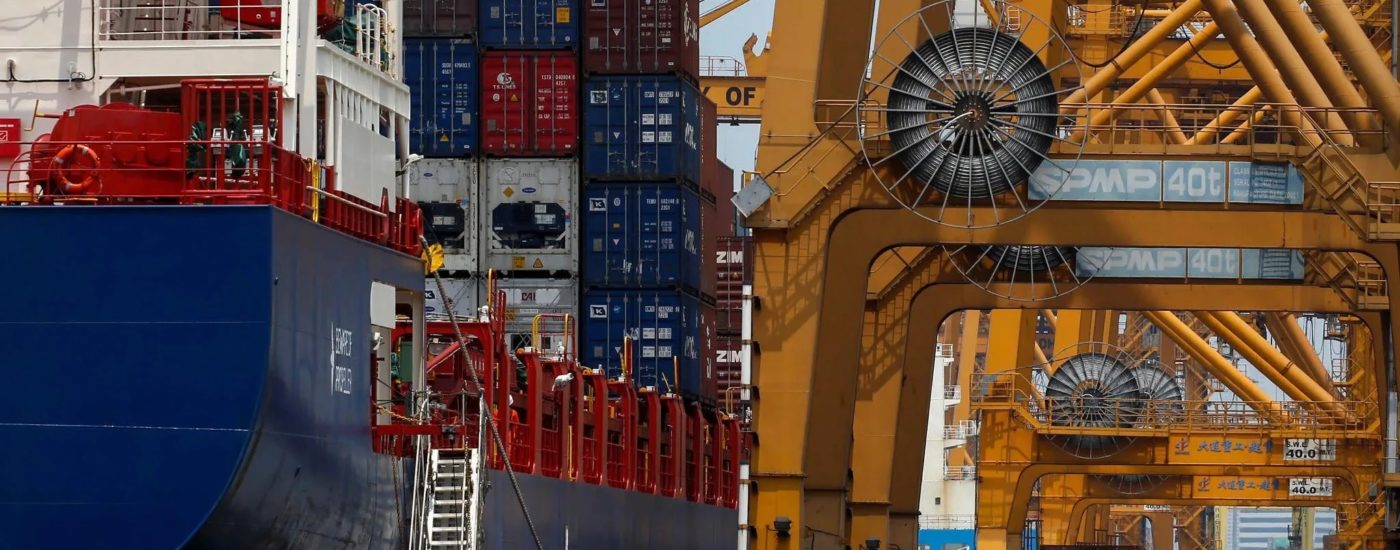New Trump tariff hits Asian exporters dependent on US consumers

New Trump tariff hits Asian exporters dependent on US consumers
Nikkei staff writers August 03, 2019 00:16 JST
HONG KONG/TAIPEI/SINGAPORE — U.S. President Donald Trump’s latest trade war salvo shook stock markets across Asia as businesses weighed the potential costs and opportunities resulting from a new American tariff on $300 billion worth of Chinese exports.
As markets tumbled, business across the region were contending with the latest escalation of trade tensions. Set to take effect on Sept. 1, the new 10% U.S. tariff will fall on a range of Chinese-made consumer goods including mobile phones, laptop computers, clothing, shoes and toys.
Jasen Wang, CEO of Shenzhen-based robotics company Makeblock, worries that the higher tariffs would hamper his company’s growth in the U.S., one of its most important markets for its educational toys.
“There will be impacts on our sales, particularly to American families and smaller retailers,” Wang said, without elaborating. “We are still evaluating the situation,” he said.
Shares in Apple Air Pods supplier Goertek fell about 6% in Chinese trading, while major laptop maker Lenovo Group dropped nearly 5%.
The force of the tariffs will spread through Asian supply chains. Thailand, a major supplier of components and materials to Chinese manufacturers, will feel the impact.
“The falls in Chinese electronics exports to the U.S. mean a drop in Thai exports, too,” said Pimchanok Vonkorporn, director general of the Thai Commerce Ministry’s trade policy and strategy office.
Quickly finding alternate suppliers will prove a challenge, and American importers may have little choice but to keep procuring from China even if it means paying the extra tariffs
The Development Research Center, a think tank under China’s State Council, has compiled an index of the difficulty of finding alternate sources for products. The lower the figure, the greater the obstacle.
Goods affected by the first, second and third rounds of U.S. tariffs averaged 0.54 on the index, while products in the latest round averaged 0.31.
Relocating production to avoid the new duties is not an option for many manufacturers after the latest tariff, said one supply chain executive. “It is a very tricky number, as it is not too high, but it is not low,” he said. “The logistics and other additional costs could easily be higher than the 10%.”
But Singapore-based YCH Group, one of the region’s bigger players in supply chain management, said it was preparing for a fundamental shift in the flow of parts and materials.
Meanwhile, “we are anticipating the continuous growth of the China-ASEAN trade even amid global growth slowdown and uncertainties,” a company spokesperson also said.
Changes in trade flows have produced bright spots for some economies caught in the tariff crossfire.
The Southeast Asian bloc ranked as China’s second-largest trading partner in the first half of 2019, the spokesperson said, overtaking the U.S. for the first time since 1997.
In Indonesia, the textile industry is hoping for some benefit from the U.S.-China standoff. Ade Sudrajat, chairman of the Indonesian Textile Association, said the sector could see a rise in textile and garment exports to the U.S. after a recent agreement to increase cotton imports into Indonesia.
In Taiwan, some suppliers have brought mainland Chinese production back home under pressure from U.S. customers concerned about security. The output of servers-related products in Taiwan surged 400% in the first six months of this year, government data shows.
Thai food exports to the U.S. are expected to rise significantly under the new 10% tariff, replacing Chinese-made products that face upward pressure on prices, Thai trade official Pimchanok said.
The electronics industry is wary of further trade pressures, especially with the tensions now spreading to Japan and South Korea. Japan this week excluded South Korea from its so-called white list of preferred trading partners, prompting Seoul to say it would respond in kind.
“We dare not to be too optimistic about the outlook for the remaining of this year, because the trade war uncertainties are too high,” said Scott Lin, vice president of marketing management at leading Asian electronics distributor WPG Holdings.
Rajiv Biswas, Asia Pacific Chief Economist at IHS Markit said the electronics sector was “particularly vulnerable” to the latest escalation. “With the electronics sector already suffering from a significant slowdown in new orders, this latest round of tariff hikes will be a further negative shock to China’s electronics sector and the manufacturing supply chain,” he said.
Companies must also contend with greater uncertainty as the U.S.-China trade war drags on. Tung Tzu-hsien, chairman of iPhone assembler Pegatron, said the tensions were now the “new normal.”
